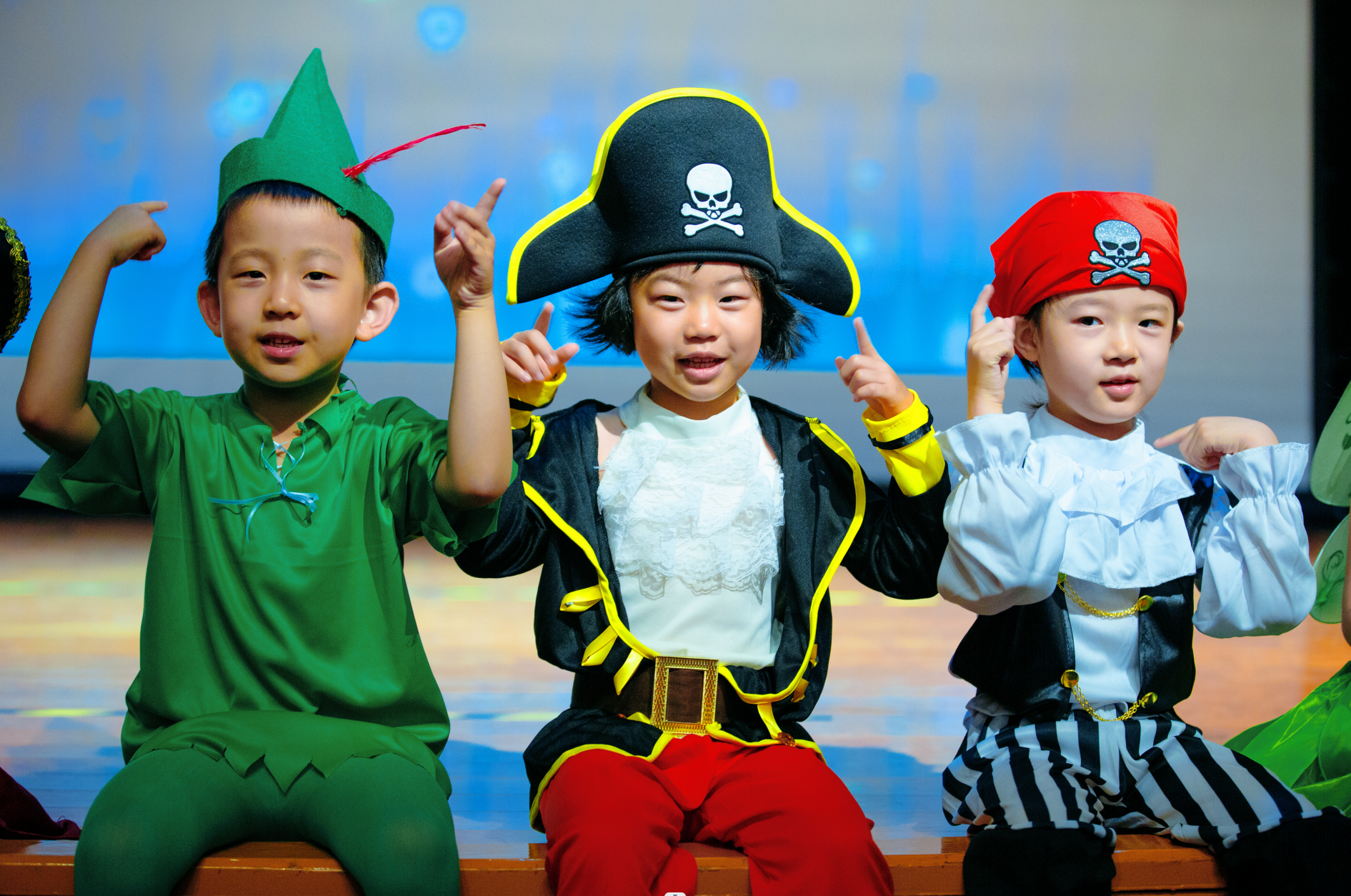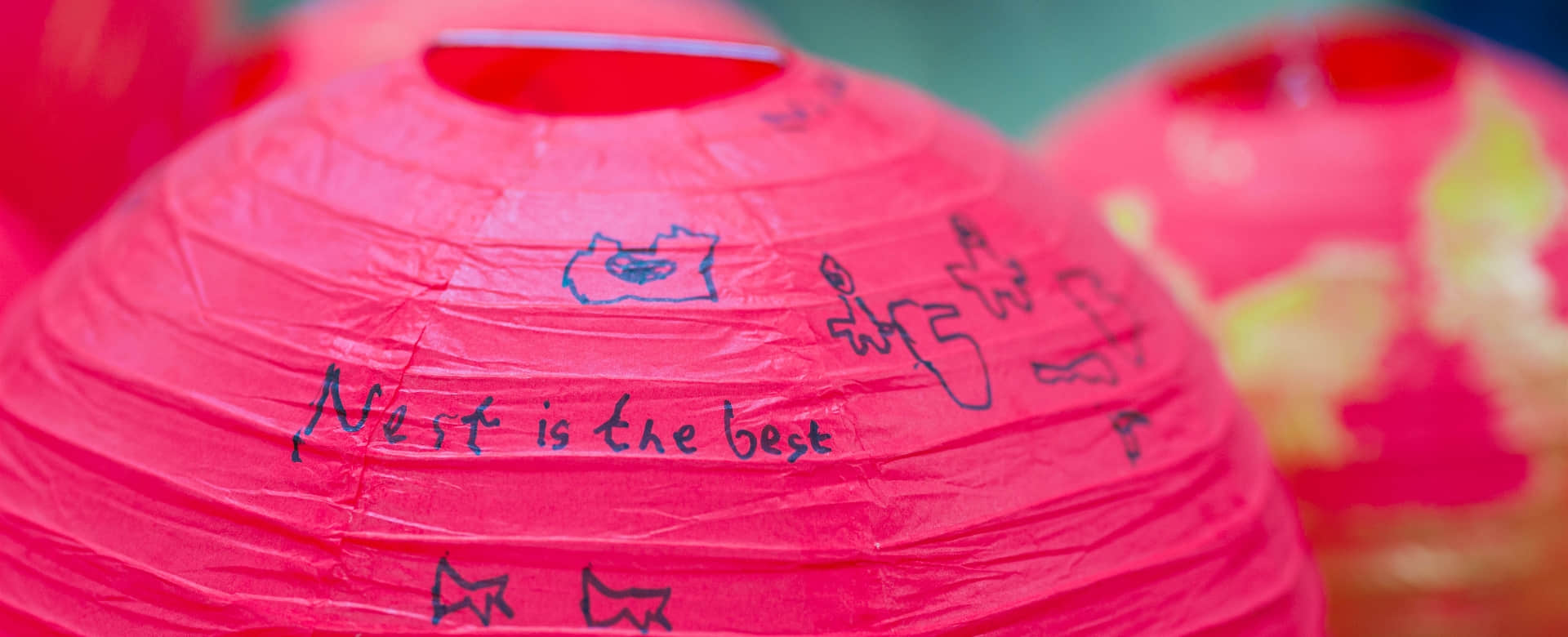Into the Classroom | Teaching and Learning through Fairy Tales
Melody Yuan
Year 1 Teacher
While reading the classical fairy tale-The Three Little Pigs, our year 1 children, read, sang, presented and created their own stories. Please follow us into the classroom and see how we teach our children to learn through fairy stories here at Wellington!
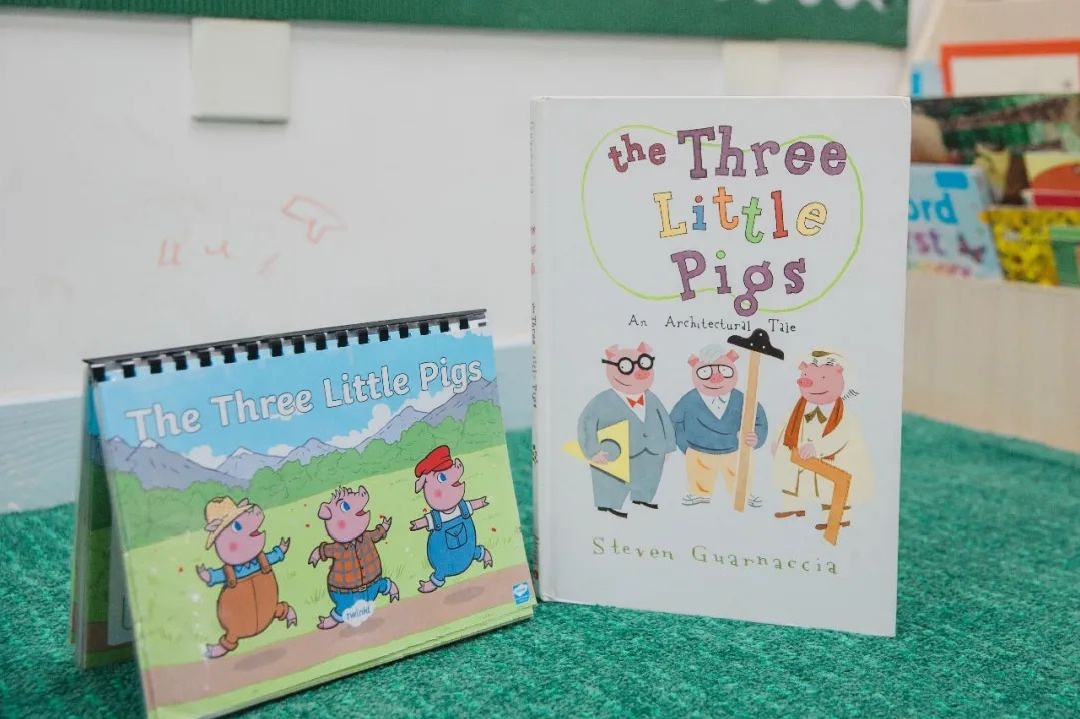
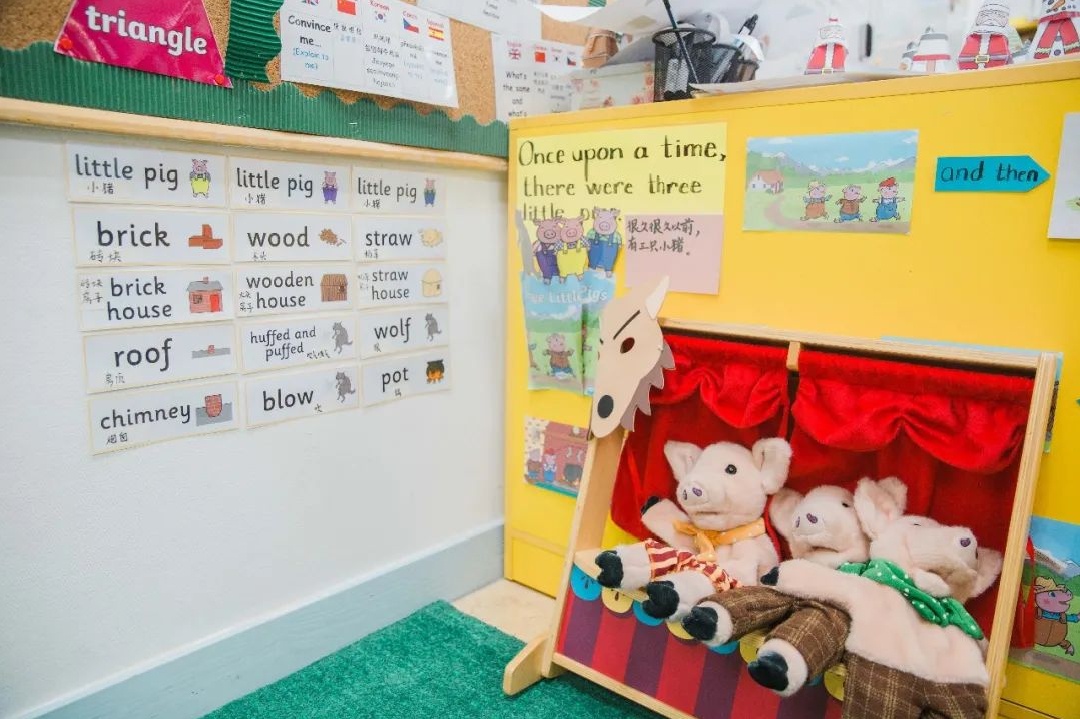
The children who read the story were shown many different versions of the tale, which were then examined for similarities and differences. They learned the vocabulary word structure as in beginning with, "Once upon a time…" and ending with, "…and they all lived happily ever after!" Pictures were used to sequence the story; we mapped the story collectively and the children drew their own story maps.

Story map of "The Three Little Pigs"
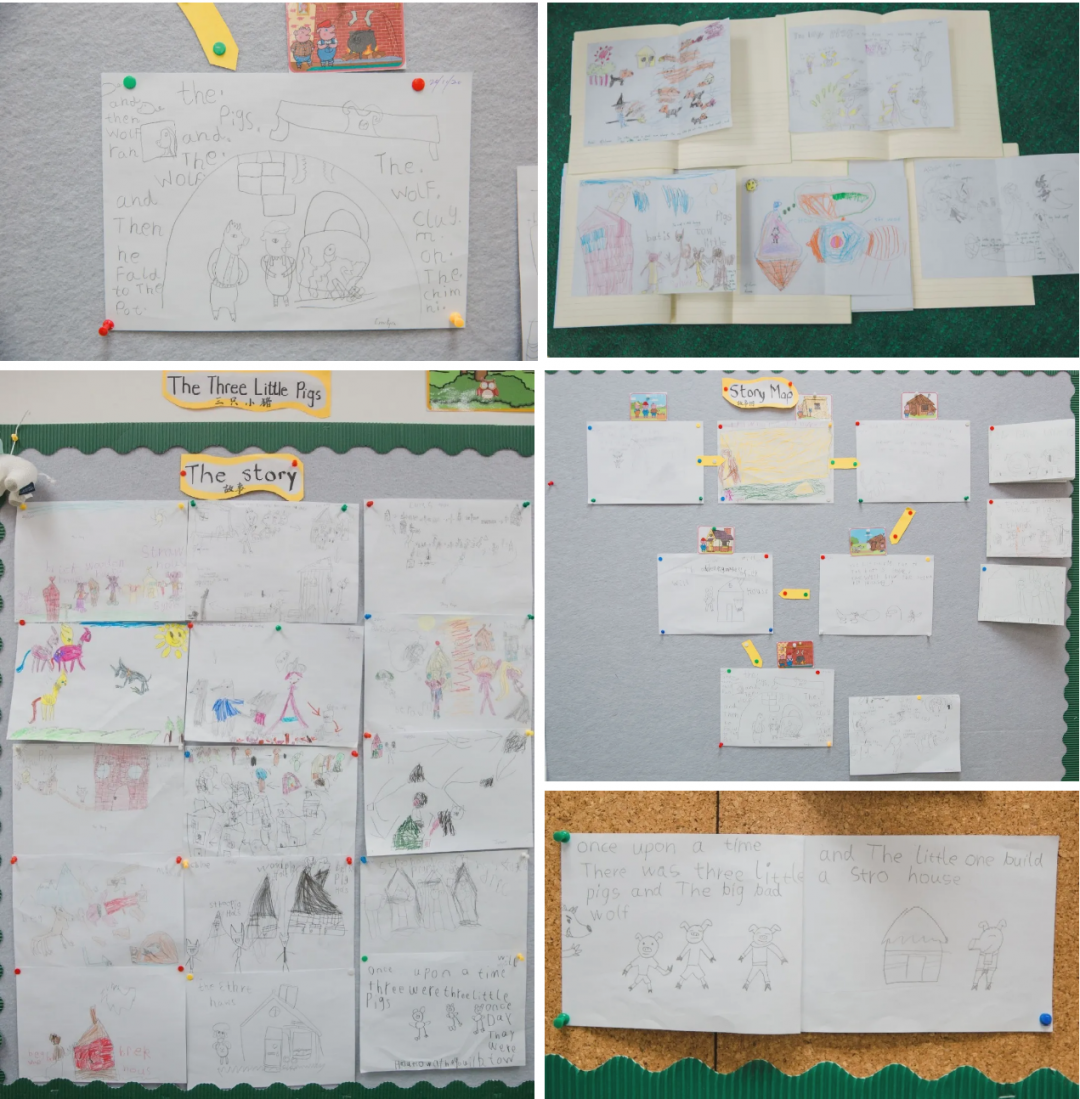
Story maps drawn by the children
Some of them even wrote their own storybook and changed the ending. In the classroom, we set story-related props to support children in their role-play to retell the story. One day, one of the pig props went 'missing', the children were then presented with some problem solving, "What happened to that little pig?" Our children came up with many exciting ideas, 'that the pig went home and lived with his mum again', 'the witch cast a spell and changed the pig into the big bad wolf', etc. Then they drew pictures and told the teacher about what happened to that little pig. The children extended their creativity and imagination to develop their own stories such as, 'three little ants and the big bad bee', 'three little cats and the big bad fox', etc. We introduced literary tools like characters, settings and the plot of the story; we then compared two stories The Three Little Pigs and Little Red Riding Hood. The children were successfully able to compare these two stories using this technique.

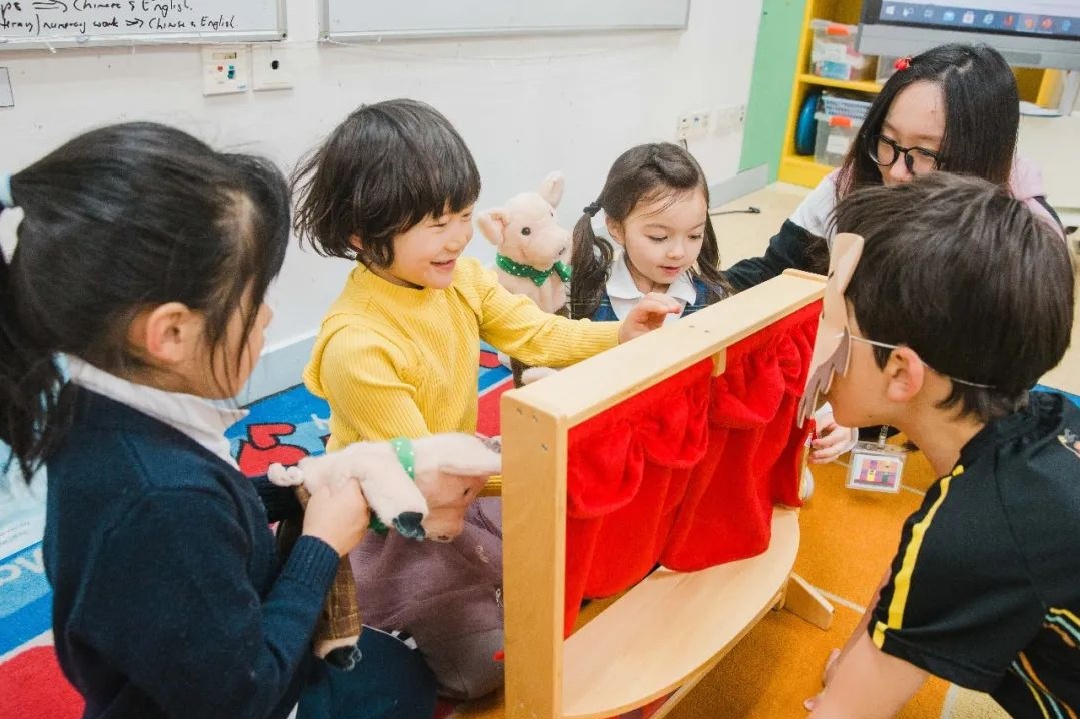
In STEAM areas, we investigated the different materials of the houses, focusing on their properties and discussed what we would need to build a house and how to make a house strong enough to support a roof. We also explored drawing techniques using shapes in our representations of the three little pigs and their houses. The children were further able to extend their understanding of the world by examining and comparing the animals in the story to each other and then to a gecko that had taken up residence in our classroom. We used skin covering, methods of reproduction and care for the young as a criteria of comparison and the children were introduced to the terms: Mammals and Reptiles.
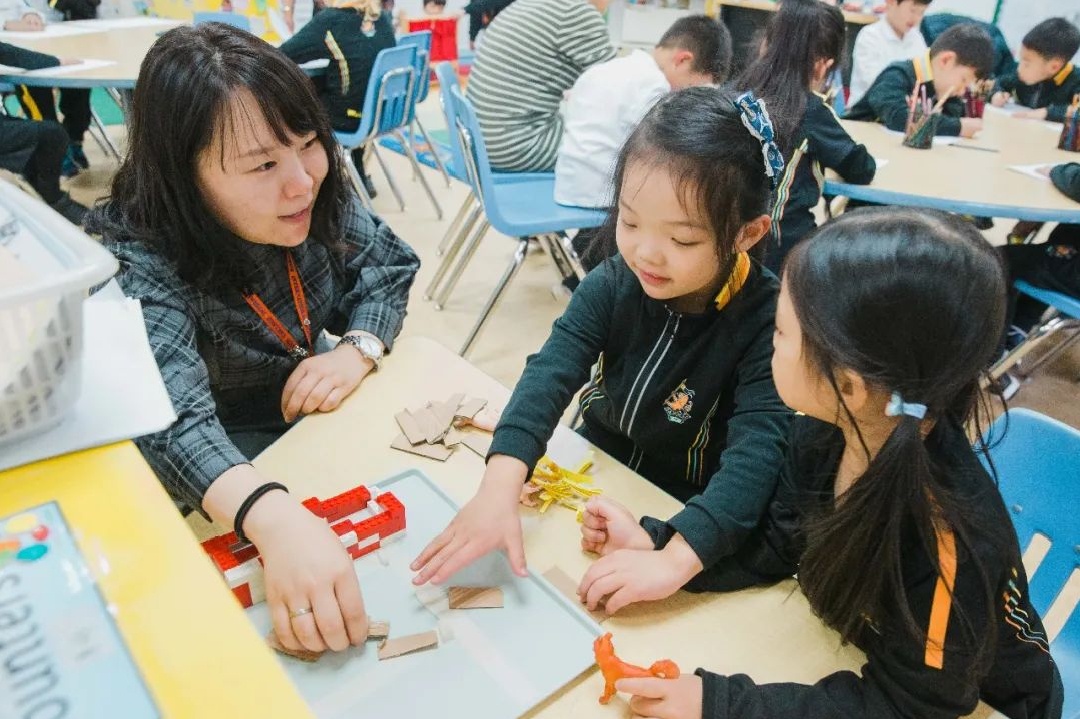
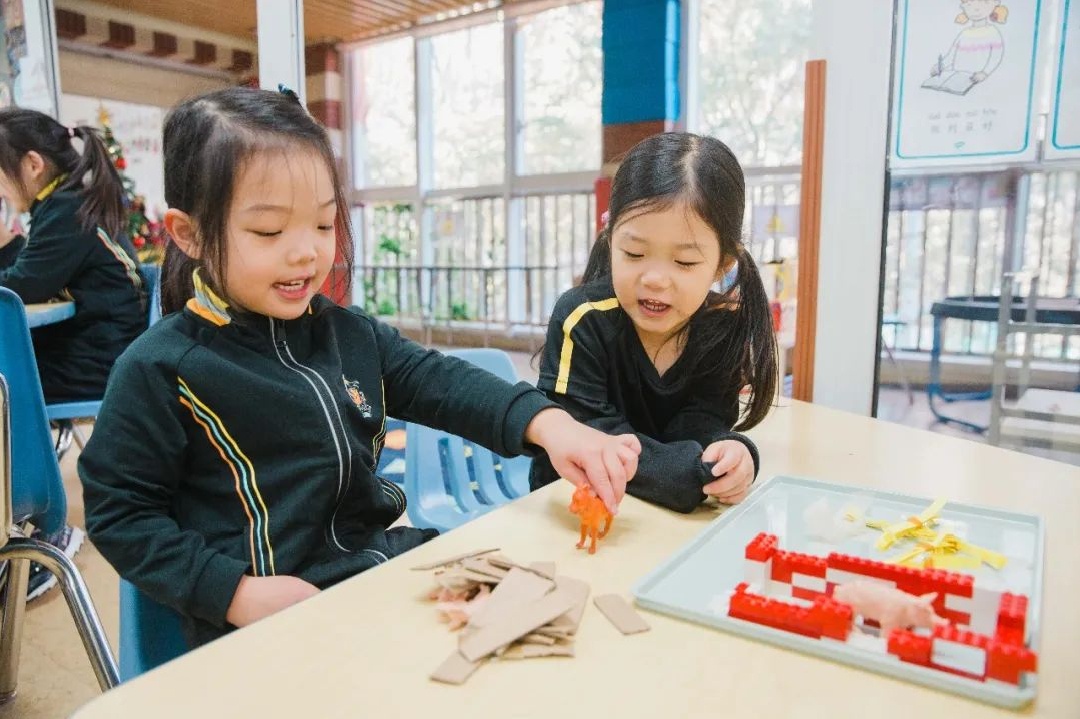
We have strived, in all activities and discussions to develop our children in all areas. Mathematically, we are focusing on securing their number concept and confidence in counting and manipulating numbers from 1 to 20. The children have also stretched their understanding of 2D shapes, being able to identify them and recognise their properties.
Books and the discussions flowing from them continue to underpin and guide all our learning targets. Children are encouraged to develop their speech through content discussions, while supporting vocabulary, in both Chinese and English. We encourage our pupils to explore options, possibilities and often previously unthought-of possibilities. Being able to think critically and solve problems at every level in life is very much a key factor in successful living. In year 1 we believe that one is never too young to begin developing these skills. We support our pupils in risk-taking, encouraging them to try even when they have previously been unsuccessful. It is with great pride that we see them begin to learn from past mistakes, redirect their actions and pursue different causes of action. It is here that they grow in confidence, independence and enjoy the experience!
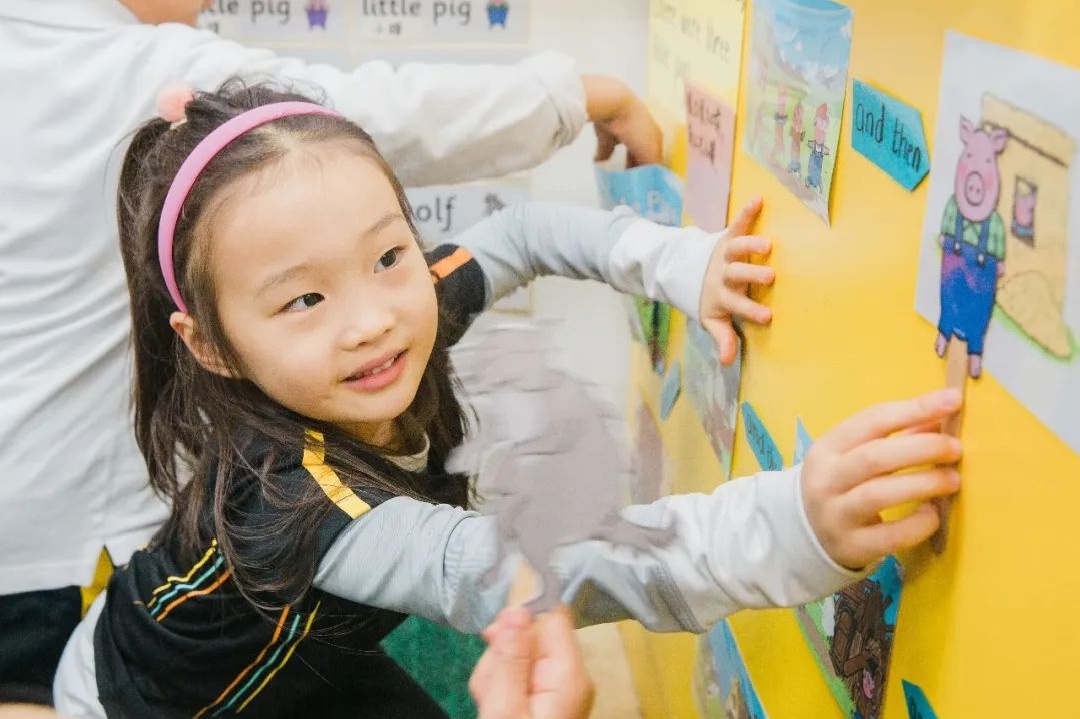
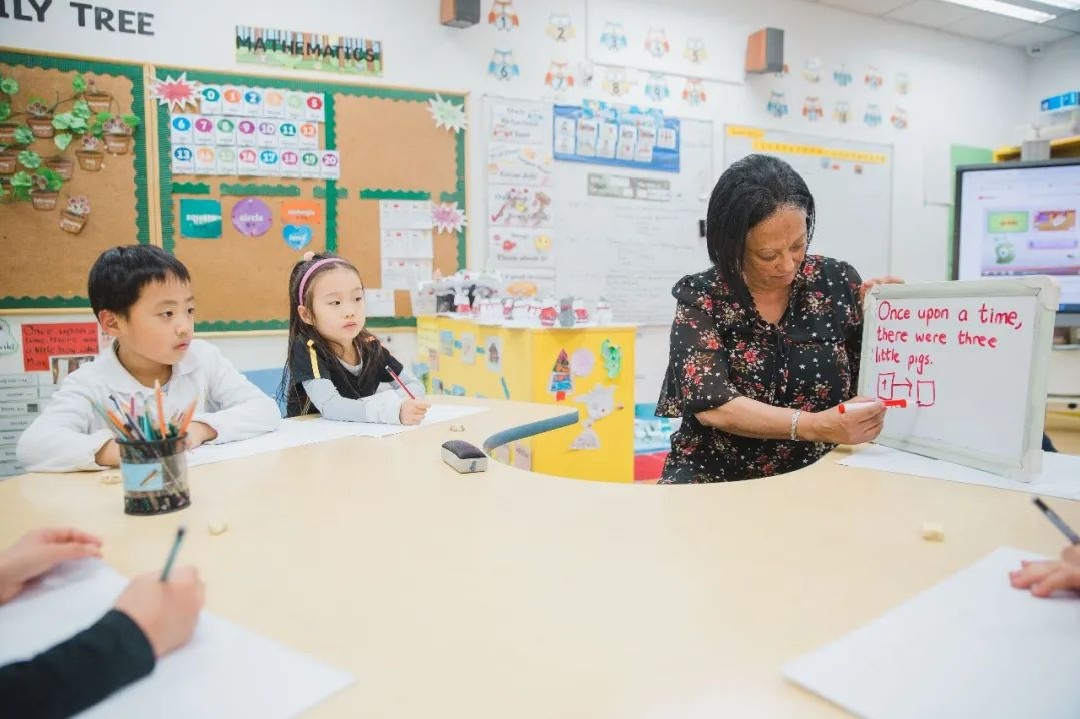
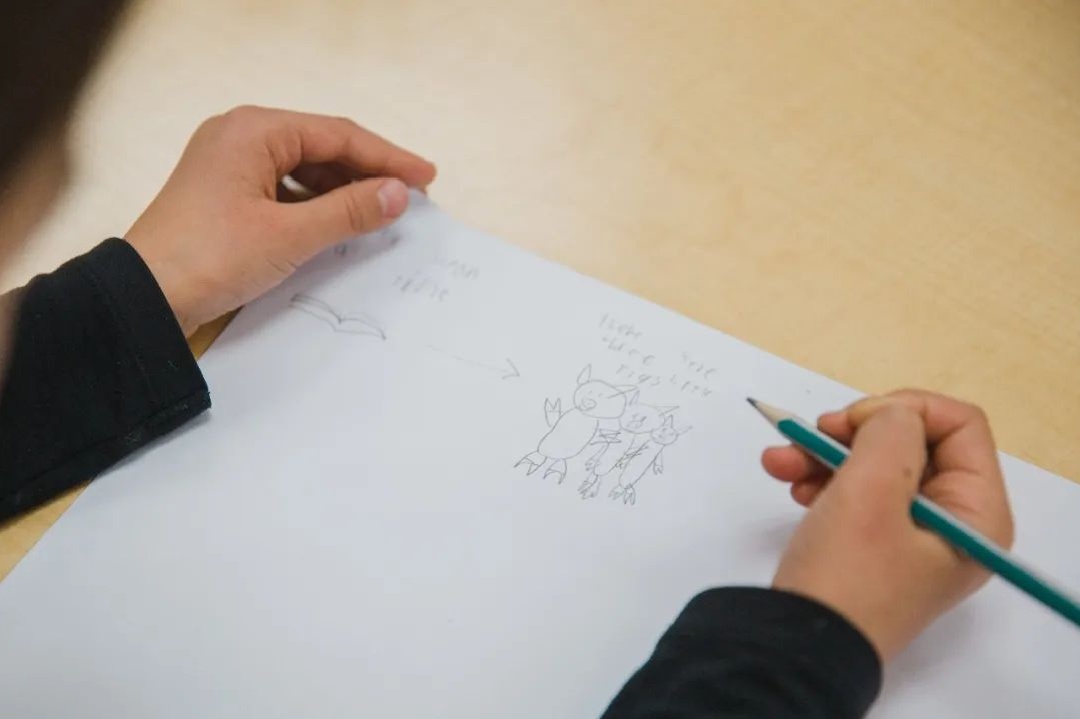
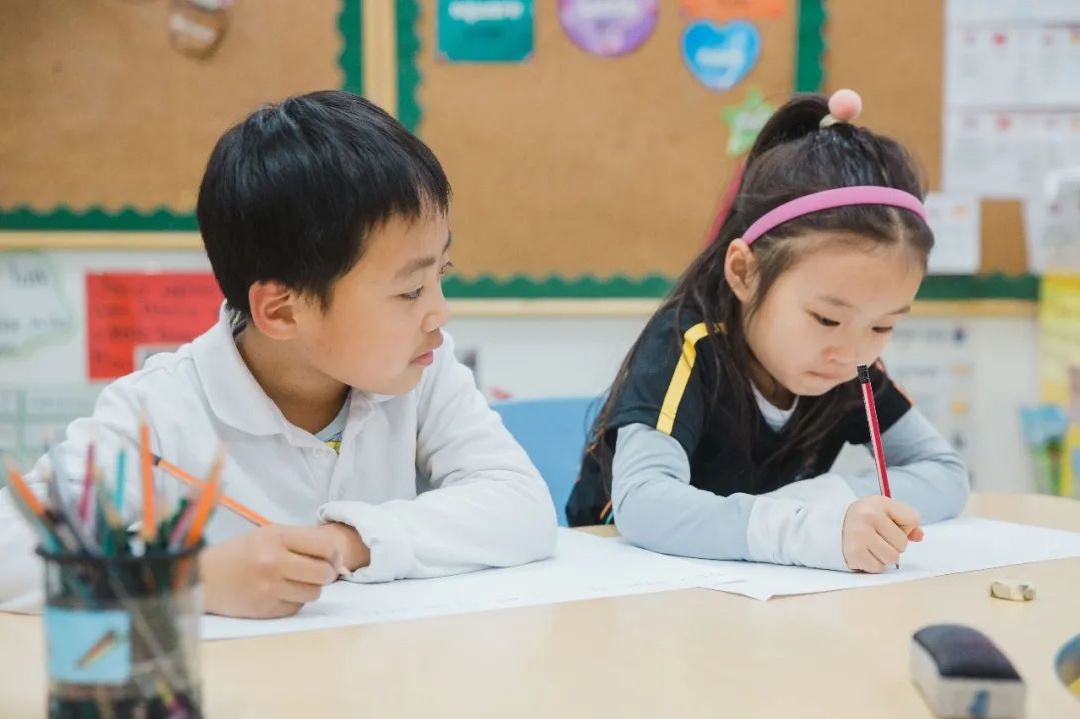
Related Articles







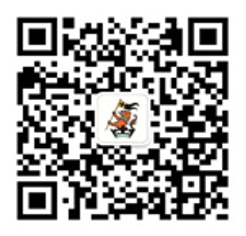
 Channel
Channel 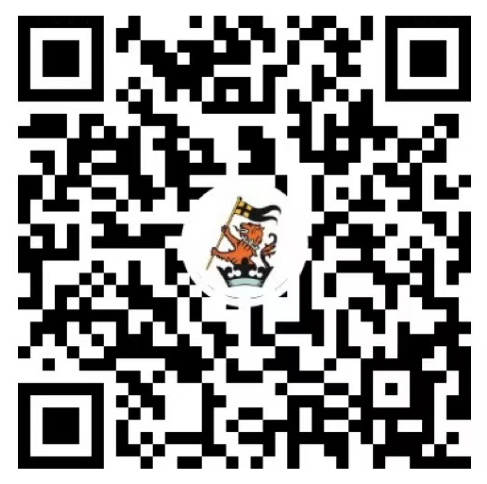
 Linkedin
Linkedin  Weibo
Weibo  Facebook
Facebook  Ins
Ins 

